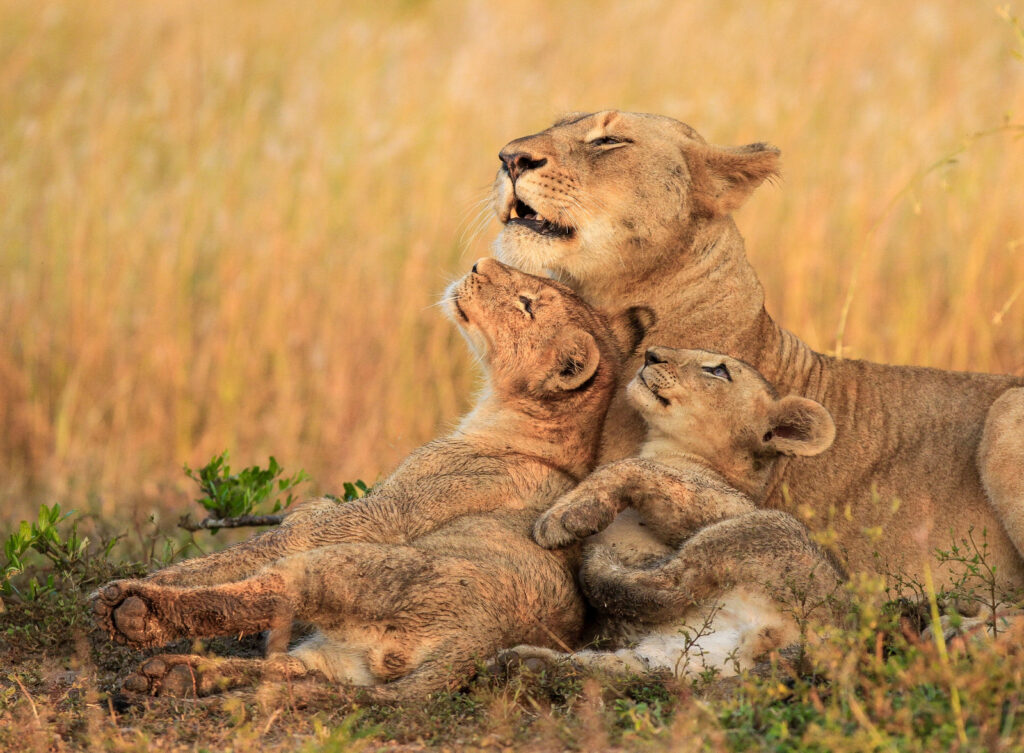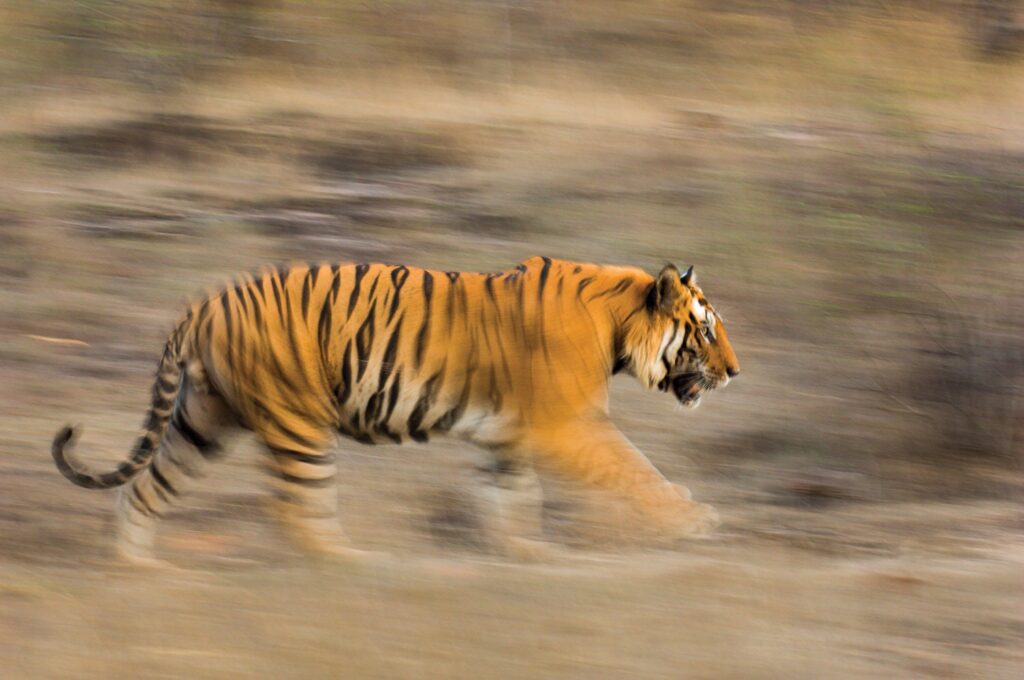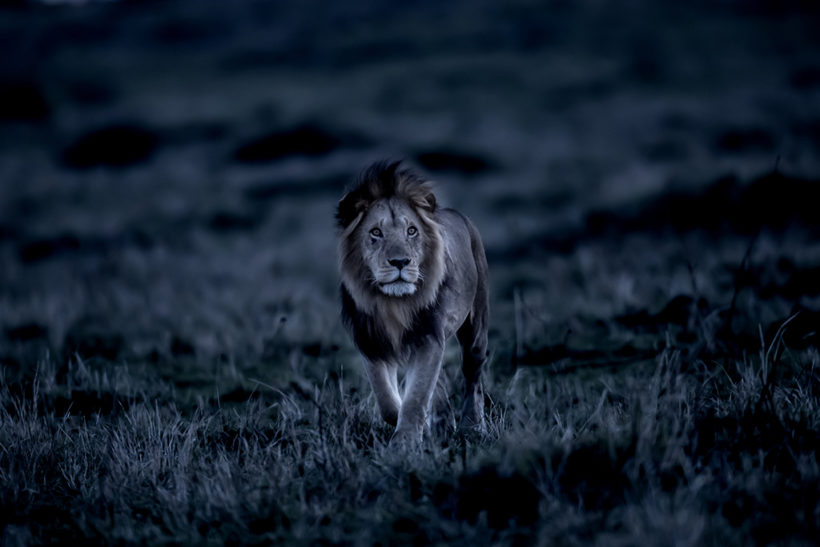Wildlife photography is blasting with shooters of all expertise levels as advances. Computerized innovation and better focal point configuration make catching wild animals simpler and more affordable than at any other time. Furthermore, in the event that you’re a Wildlife life devotee, you can rehearse your energy from the distance. Of the world or the solace of your lawn with a bird feeder and some normal wooden roosts.
However, despite the fact that it takes a lot of expertise and tolerance to dominate most essential Wildlife photography. It likewise requires inventiveness and a creative mind to catch pictures that move and mix the spirit. If you want to raise your pictures past the simple conventional and tedious. These five professional Wildlife photography tips will set you in the correct bearing. Not exclusively will they assist you with making more expert-looking pictures, however, additional convincing ones as well.
Look Beyond Conventional Front Lighting:
The most often utilized lighting decision while shooting Wildlife is front lighting. “Point your shadow at the subject” has been the drained refrain of Wildlife photography. Artists for quite a long time since it tends to be guaranteed the bird or creature will be equitably enlightened. It’s simple. It likewise turns out to be unoriginal and dull. You’ll pass up other invigorating and imaginative lighting prospects by continuously selecting the sun at your back.
Side lighting, directional daylight from a 90-degree point can uncover the surface and add profundity to your Wildlife subject, making the deception of three aspects. Backdrop illumination, which is basically shooting straightforwardly into the sun. Can give clear materials, for example, fur and quills a wonderful sparkling edge light. This impact is significantly more sensational than regular front lighting. In any case, know about conceivable underexposure, self-adjust challenges, and sun flare while shooting illuminated subjects.
Go Wide:
While shooting Wildlife.
The photography artist’s first motivation is regularly to snatch the greatest, longest focal point taken care of and zoom in as close regarding the matter as could really be expected. This system is incredible to begin counting fur filaments and quills, however, it isn’t dependably the most convincing choice. Sometimes, take a stab at opposing this inclination and investigate a more sweeping perspective all things being equal.
Artist’s first motivation is regularly to snatch the greatest, longest focal point taken care of and zoom in as close regarding the matter as could really be expected. This system is incredible to begin counting fur filaments and quills, however, it isn’t dependably the most convincing choice. Sometimes, take a stab at opposing this inclination and investigate a more sweeping perspective all things being equal.
Get Low:
Not exclusively would the general climate be able to give the point of view to the second and assist with recounting to an anecdote about the animal’s life and territory, yet it can likewise assist with making a seriously convincing arrangement by getting integral lines and visual components. Whenever you’re utilizing a zooming focal point, pull your eye away from the viewfinder now and then and glance around at the subject’s general climate and inquire as to whether it’s adding more to the entire story or not. You wouldn’t believe how frequently the response is yes.

Pan With Long Exposures:
Add a unique development to your pictures by bringing a few long openings into your Wildlife portfolio. Creatures progressing or birds in flight offer suburb chances to utilize more slow screen speeds with camera panning. Freezing the activity with quicker screen rates will almost forever be the underlying drive for most Wildlife photography artists, yet now and again it’s smarter to accept the way things are! Begin with 1/15 second for moving subjects and examination from that point: quicker openings for quickly moving creatures and longer openings for more slow. You need to communicate movement while protecting the honesty of the creature’s essential highlights so it’s unmistakable, particularly the eyes, if conceivable.

Show Gesture and Interaction:
The three most fundamental fixings in an effective Wildlife picture are structure, light, and motion. Everybody knows something about synthesis, and we spoke somewhat about light before. The signal is characterized as the “development of part of the body that communicates a thought or importance.
” We have any actual desire for our pictures to have meaning, so why not let our creature subjects assist us with communicating it? Try not to be happy with photographs that main show a static creature or bird gazing vacantly into the camera. Show how these creatures collaborate with each other, play, mate, or chase after food. Except if you plan to photo a narrative picture for a field guide, don’t be happy with a basic stock natural life representation.


